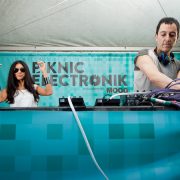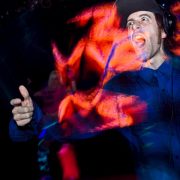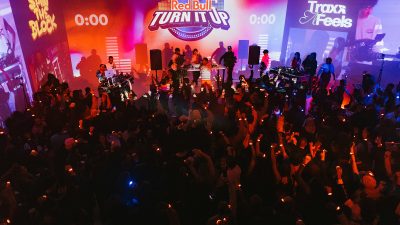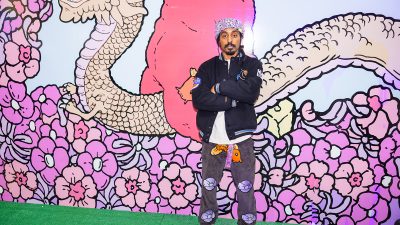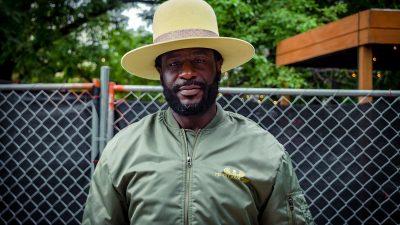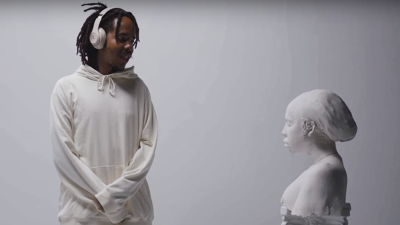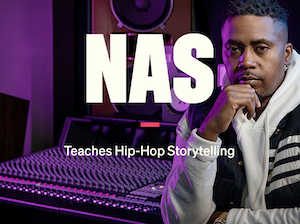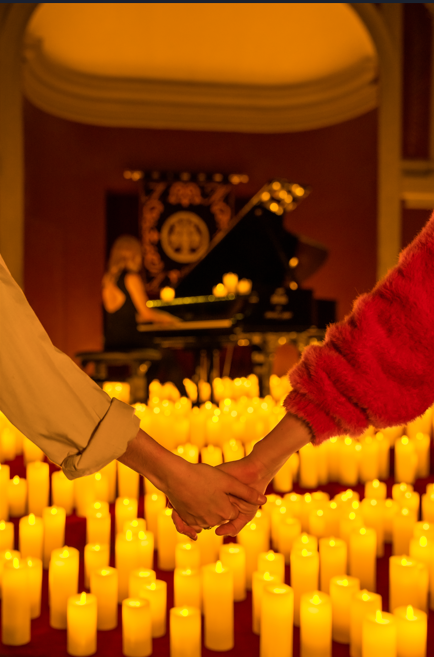Drugs and music
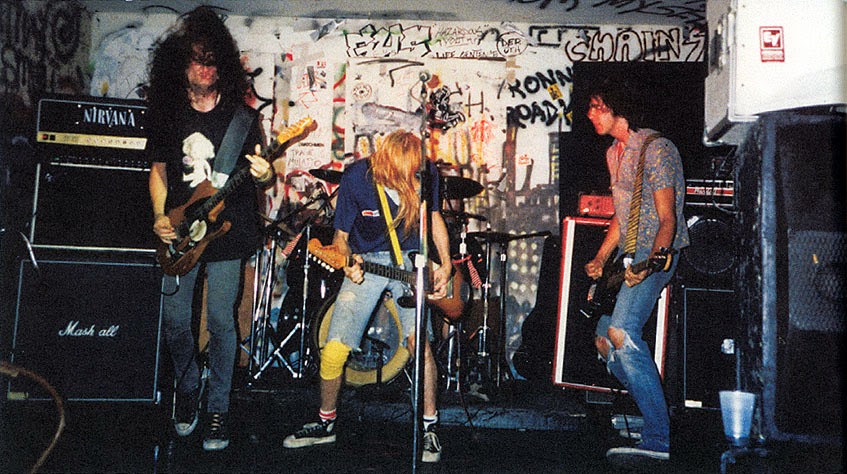
text: Michael Raine
“Where ignorance is bliss, ‘tis folly to be wise,” stated the English poet Thomas Gray in 1742. Though eloquent, it’s a rather ridiculous statement. Truth, even tough truth, is always superior to ignorance. By acknowledging tough truths we make progress as a society and a species. Well, it appears, that’s the case in every facet of life except music.
Ignorance about the long-term effects of drugs led to era-defining music scenes throughout the second half of the 20th century. But has drug awareness stunted rock and roll’s evolution in the 2000s? It’s possible.
Every significant music scene since the ’50s and was inextricably linked to a specific drug(s). Sometimes they were new drugs and sometimes old drugs that found a new audience. In every instance, the physical and psychological effects of the drug could be heard in the music.
The recorded link between music and drugs can be seen as far back as the 17th century when the Cora tribe of Mexico used a cactus-derived hallucinogen called peyote during spiritual musical gatherings. The modern story, however, of how drugs became an integral part of popular music usually starts with jazz.
Starting with jazz, here’s a very brief and incomplete history of the parallel rise of drugs and music scenes.
Jazz players used soft drugs, namely marijuana, through the ’20s and ’30s to ease the monotony of hectic tour schedules. Louis Armstrong even had a song, “Muggles” (slang for pot), named after the drug. But it wasn’t until the ‘50s that heroin became synonymous with jazz culture. As Mile Davis said in his autobiography, “People were considered hip if they shot smack.”
Many jazz musicians claimed heroin helped ease stage fright and focused the senses during their free-flowing improvisational jams. Also, many were just copycats, susceptible to peer-pressure.
Heroin eventually had its way with some of the greats such as Billie Holiday and Charlie Parker, but not before a group of young, mostly white, jazz fans known as Beats – a group made eternally cool by Jack Kerouac – picked up the needle in emulation of their jazz heroes.
This pattern would continue for the next 50 years. Musicians find a drug that meshes well with their musical visions and surroundings, fans pick it up to be like their heroes with a belief that it’ll help them better understand the music, and it ends in a haze of ugly addictions and overdoses; wash, rinse, repeat with a new music scene and drug.
After jazz and heroin, there were mods and then-legal amphetamines, a.k.a. speed. Mods’ penchant for fast living, upbeat music, and all night café dance parties fit well with the energizing, euphoric effects of speed, which were at the time still being prescribed by doctors for fatigue and weight loss. To get a sense of amphetamines’ influence on mod music, both musically and lyrically, listen to The Small Face’s tune, ‘Here Comes Mr. Nice’ for its cheerful sound and overt amphetamine references.
The influences of marijuana and LSD on music and culture through the mid and late-‘60s are both profound and obvious. The drugs’ perception-bending psychological effects were an obvious influence on psychedelic music. Also, the feelings of brotherhood and community that marijuana and LSD created in users meshed well with the youth politics and ethics of the day.
As the “we” 1960s gave way to the “me” 1970s, communal drugs like pot and LSD ceded ground to isolating, narcissistic drugs like cocaine. The change in drugs was reflected in the music. Politically conscious folk rock and perception-bending psychedelic rock were replaced by stadium rock and glam rock; genres typified by excess and hedonism. Bands like The Eagles, Led Zeppelin, Fleetwood Mac, and David Bowie lived the rock star fantasy of teenage dreams, fueled by the belief in one’s own greatness that only cocaine can induce. Disco, with its accelerated beats-per-minute, mindless lyrics, obnoxious clothes, and club culture was essentially cocaine personified.
The rise of punk in London and New York in the late-’70s saw the return of amphetamines. Like mod before it, punk music was typified by short, simple songs, but sped up and with a more nihilistic bent. Cheap, accessible, and often homemade drugs like amphetamine sulphate (a.k.a. speed) and amyl nitrates (a.k.a. poppers) were commonplace in punk clubs. They provided the energy rush needed both to play and dance to the fast, aggressive music.
Technological developments in 1980s, plus a greater affordability and accessibility of synthesisers and electronics, spurred the rise of various electronic music scenes. New wave, acid house, and techno all became significant genres and scenes around North American and Europe. With this, ecstasy and its purer cousin MDMA tore through England’s working class cities and neighbourhoods in the late-’80s sparking another short-lived but generation-defining music scene in Manchester.
A unique combination of guitar rock and acid house sounds – typified by band like Happy Mondays, The Stone Roses, and Inspiral Carpets – was at the centre of the “Madchester” movement. To get an insight into the link between communal, euphoric effects of ecstasy and Madchester music, watch the film 24 Hour Party People – named after a term coined by Happy Mondays singer Shaun Ryder. New Order even snuck a sly ecstasy reference, “E is for England”, into their 1990 FIFA World Cup song. As usual, the high was followed by a comedown of busts, overdoses, failed tours, and lousy albums.
To this point, musicians and fans could claim ignorance. The jazz crowd weren’t educated on the effects of heroin the same way that mods didn’t know the effects of speed and Madchester bands didn’t know the effects of ecstasy. But starting in the ’80s, drug awareness campaigns – typified by Nancy Reagan’s “Just Say No” slogan – became common. Such campaigns usually register better with young kids, who internalize the message take it into adulthood. Teens and 20-somethings are generally less receptive to rich, old politician-wives telling them how to live.
That’s possibly why the link between music and drugs stayed strong into the ’90s, most obviously with grunge (heroin, again) and Britpop (cocaine, again). Heroin matched the self-loathing and pessimism of grunge while cocaine matched the grandiose, world conquering ethic of Britpop.
Though drug-addled bands like Nirvana and Oasis became popular in the age of “Just Say No”, they grew up in the willfully ignorant late-‘70s and early-‘80s.
But what happened in the 2000s when the new generation of bands who couldn’t claim chemical ignorance took over? We saw, for the first time in 50-plus years, a weakening link between drugs and music. Yes, bands took drugs. There are even bands inextricably linked to drugs (Pete Doherty/The Libertines and MGMT to varying degrees) but there appeared to be no major music scenes driven by particular drugs.
In a 2008 column in The Guardian newspaper, writer Kevin Sampson wondered if the link between music and drugs had been broken. Dazed and Confused magazine editor Rod Stanely was quoted saying, “No one has really ‘invented’ or discovered a new drug for a while. Every time one has been found over the decades, young people swiftly work out the best music experience to go with it.” He added. “If a new drug were discovered today, a new music scene would spring up overnight.”
While the link is less obvious than it once was, Sampson didn’t look deep enough. In some areas, music and drugs have maintained a link, but the effects of neither have become widespread. In the 2000s, southern rappers like T.I. and Lil’ Wayne popularized “purple drank”; prescription strength cough syrup that’s laced with codeine. Purple drank has been attributed southern rap’s slower, mumbled sound.
As well, dup step’s popularity has grown alongside that of (animal anesthetic) ketamine in club and rave culture. Ketamine was used during the height of new wave but didn’t reach a mass audience. But the drug’s zombie-like effects have struck a chord in the dub step community since ketamine’s effects match dub step’s droning, bass-heavy, low BPM sound.
It does seem the link between drugs and rock and roll has been severed (or at least has become less pronounced), but the link is still there is other scenes. Is it, therefore, a coincidence that rock and roll has failed to produce any era-defining scene since the ‘90s while rap and dance continue to evolve produce new sounds? Maybe what rock and roll is suffering from is a lack of new drugs. It may sound stupid, but history is the best teacher and history has taught us that rock and roll ebbs and flows in partnership with drugs.
Kids avoiding drugs is undoubtedly a positive thing, but even positives can have negative side effects. So if you feel that rock and roll has gotten stale, you can thank Nancy Reagan.


